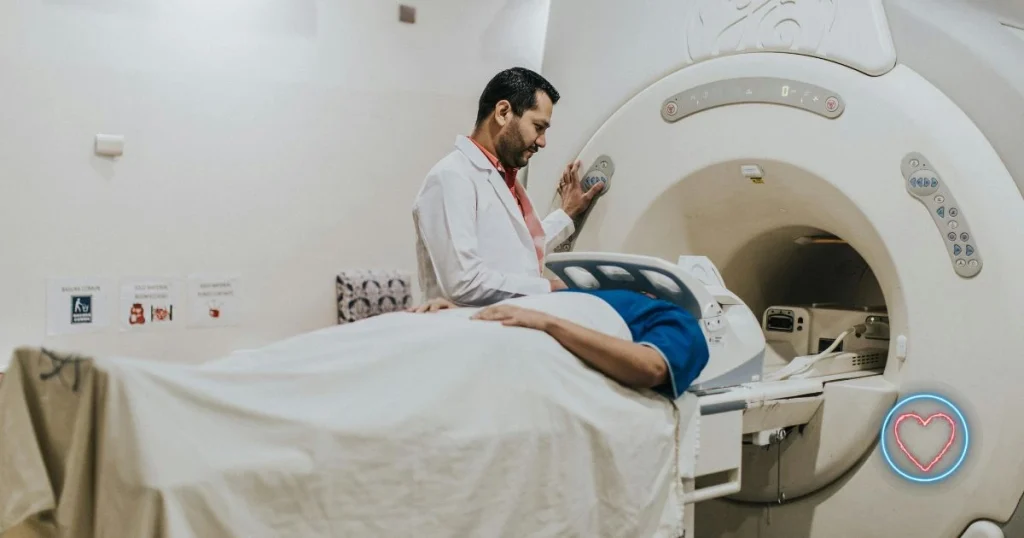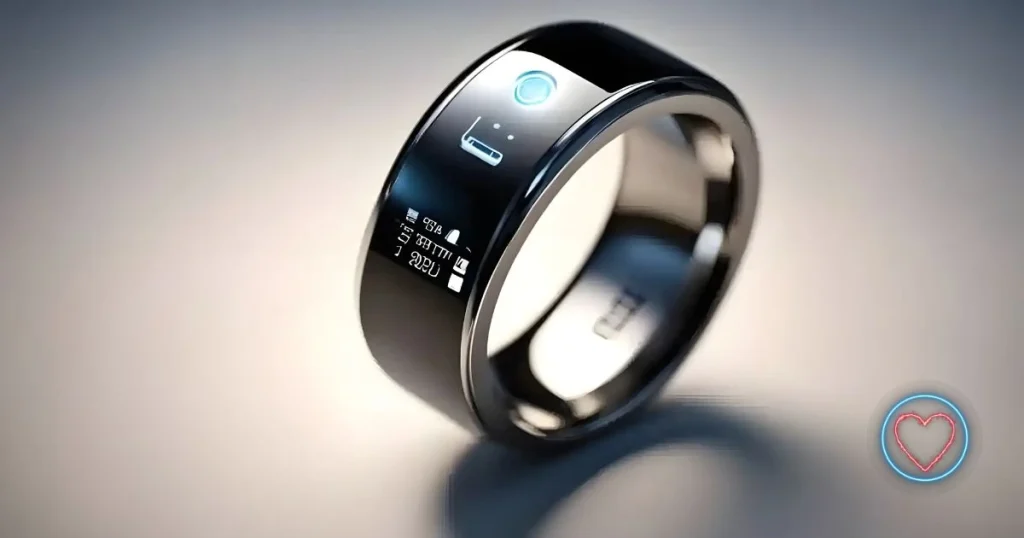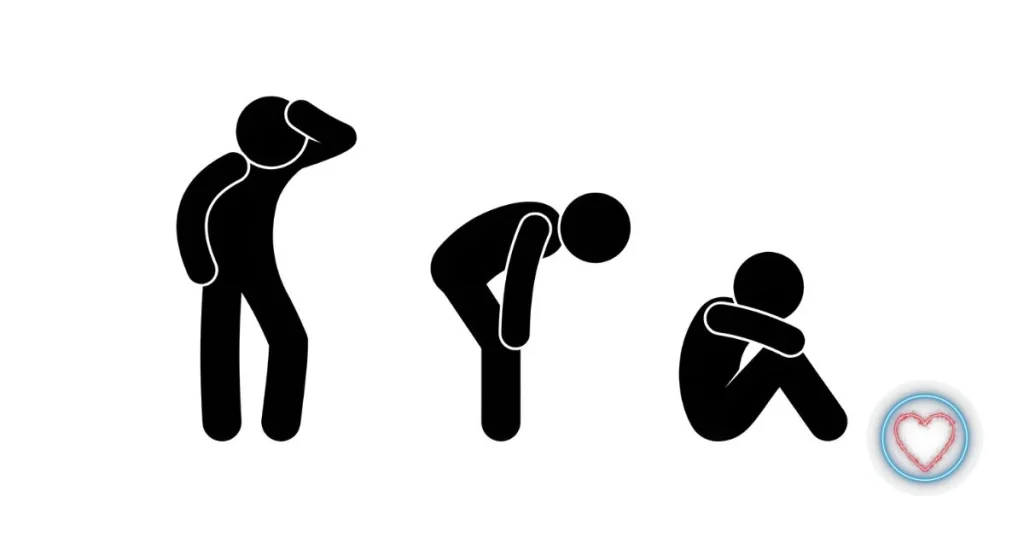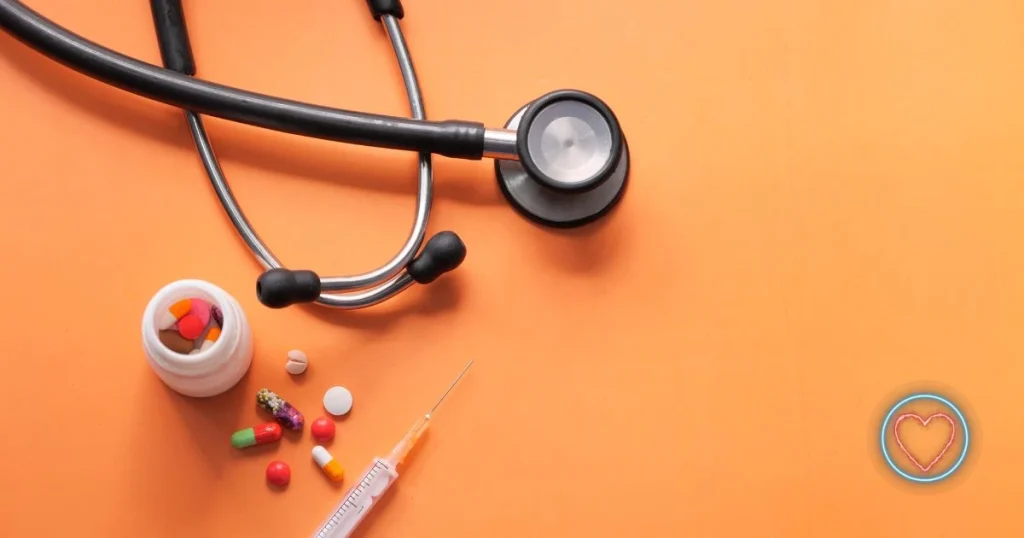In modern medicine, few tools have been as revolutionary as the CT (computed tomography) scan. It has transformed the way doctors diagnose internal injuries, detect cancers, and monitor diseases. Yet, like many advancements, the very technology that offers clarity may also pose hidden risks. In recent years, growing evidence suggests that the overuse of CT scans may be contributing to an unintended consequence: a rise in radiation-induced cancers.
As with any tool, the value of a CT scan lies not just in its capabilities but also in how judiciously it is used. This article delves into the mounting concerns over CT scan overuse, the potential health implications, and how the medical community is responding.
What Are CT Scans and How Do They Work?
CT scans use X-ray technology to take cross-sectional images of the body. Unlike traditional X-rays, which provide flat, two-dimensional pictures, CT scans create detailed images of internal organs, bones, soft tissues, and blood vessels from multiple angles.
The process involves rotating an X-ray machine around the patient’s body while a computer processes the data to produce images. These images can be crucial in diagnosing conditions such as:
- Head trauma and brain injuries
- Cancers and tumors
- Cardiovascular diseases
- Abdominal pain causes
- Pulmonary embolism
The level of detail CT scans provide is unmatched by conventional X-rays, which is why their usage has skyrocketed in recent decades.
The Growth of CT Scan Usage in the U.S.
According to data from the National Council on Radiation Protection and Measurements (NCRP), the number of CT scans performed in the United States has surged from about 3 million annually in 1980 to over 85 million in recent years. This exponential growth can be attributed to:
- Improved accessibility in hospitals and clinics
- Patient and provider demand for quicker diagnoses
- Defensive medicine, where doctors order tests to avoid malpractice claims
- Technological improvements that made CT scans faster and more convenient
While CT scans undoubtedly save lives, their rapid expansion has led to a situation where many experts believe they are being overutilized—sometimes unnecessarily.
Radiation Exposure: A Double-Edged Sword
One of the biggest concerns surrounding CT scans is their high radiation dose. A single chest CT scan exposes a patient to about 70 to 100 times more radiation than a standard chest X-ray. While the immediate effects of this radiation are negligible for most patients, the long-term impact is where the problem arises.
Recent research from institutions like the University of California, San Francisco (UCSF) has found that up to 5% of all cancers in the U.S. may be linked to medical imaging radiation, particularly from CT scans. This statistic is startling. It implies that while scanning for cancer, we may inadvertently be contributing to its cause.
The risk is cumulative, meaning repeated scans over a lifetime significantly increase the likelihood of radiation-related illnesses. This is especially concerning in:
- Children, whose bodies are more sensitive to radiation
- Patients with chronic conditions, who undergo multiple scans
- Younger adults, who have more years ahead during which cancers can develop
Clinical Overuse: The “Just to Be Safe” Mentality
Many physicians acknowledge that CT scans are sometimes ordered “just to be safe,” even when clinical guidelines do not necessitate imaging. This mindset is often influenced by:
- Diagnostic uncertainty
- Fear of lawsuits
- Patient pressure for comprehensive testing
- Limited time for thorough physical exams
A study in JAMA Internal Medicine found that nearly 30% of CT scans in emergency departments may be unnecessary, offering minimal benefit in terms of diagnostic value.
Unfortunately, this overuse is rarely scrutinized in real time. Unlike medications that must be prescribed with clear indications, imaging orders are often left to the discretion of the practitioner—with few checks or balances in place.
Economic and Systemic Factors at Play
Beyond health risks, the overuse of CT scans also poses economic burdens. These scans are expensive, costing anywhere from $500 to over $3,000, depending on the region and healthcare provider.
When used appropriately, they are cost-effective diagnostic tools. But when used indiscriminately, they inflate healthcare costs without improving outcomes.
Moreover, some critics point to systemic incentives that promote overuse:
- Fee-for-service models that reward volume over value
- Ownership of imaging equipment by physicians, which may influence usage
- Lack of standardized protocols across healthcare institutions
Regulatory and Ethical Challenges
The U.S. Food and Drug Administration (FDA) and Centers for Medicare & Medicaid Services (CMS) have both issued guidelines encouraging the appropriate use of CT scans, but enforcement remains limited.
Ethically, there’s a fine balance between ensuring patients receive the best care and protecting them from iatrogenic harm—harm caused by medical intervention. When patients are not informed about the radiation risks of CT scans, they cannot give true informed consent.
A 2013 study found that fewer than half of patients undergoing CT scans were aware of the radiation exposure involved, and even fewer understood the long-term risks.
Efforts to Reduce Overuse
Recognizing the potential dangers, several initiatives are underway to reduce unnecessary CT scans:
1. Radiation Dose Optimization
Many hospitals are upgrading their CT scanners to low-dose models that reduce exposure without sacrificing image quality. Radiologists are also using advanced algorithms to fine-tune scan settings based on patient size and age.
2. Clinical Decision Support Tools
Some electronic health record (EHR) systems now include prompts that guide doctors on whether imaging is appropriate for a given condition. These tools rely on evidence-based guidelines and help curb reflexive over-ordering.
3. Choosing Wisely Campaign
This initiative, launched by the American Board of Internal Medicine Foundation, promotes conversations between doctors and patients about unnecessary medical tests, including CT scans. It provides lists of situations where imaging may do more harm than good.
4. Patient Education
Hospitals and clinics are increasingly providing informational brochures and verbal counseling about the risks and benefits of CT scans. When patients understand the stakes, they are often more open to alternative diagnostic methods.
Alternatives to CT Scans
Depending on the clinical scenario, several non-radiation-based imaging options may be viable:
- Ultrasound: Safe for children and pregnant women, useful for soft tissue evaluation.
- MRI (Magnetic Resonance Imaging): Offers excellent contrast resolution without ionizing radiation, ideal for neurological and musculoskeletal disorders.
- Observation and physical exams: In cases where symptoms are mild or non-specific, watchful waiting may be more appropriate than immediate imaging.
The key lies in tailoring the diagnostic approach to each patient, rather than relying on a one-size-fits-all solution.
Striking the Right Balance
No one is suggesting we abandon CT scans—they remain indispensable tools in emergency medicine, oncology, and trauma care. The goal is not to eliminate them, but to ensure they are used thoughtfully, safely, and only when truly needed.
This balance is achievable through:
- Stronger clinician education on radiation risks
- Greater patient awareness and participation in decision-making
- System-level reforms that discourage profit-driven imaging practices
- Adoption of safety-first protocols in hospitals nationwide
Conclusion: Informed Imaging for a Healthier Future
CT scans have saved countless lives and will continue to do so. But with great power comes great responsibility. As medical technology advances, we must evolve not just our tools, but our judgment in using them.
The growing concerns over CT scan overuse are not a call to abandon progress—they are a reminder to wield it wisely. By prioritizing evidence-based care, transparency, and long-term thinking, we can ensure that imaging continues to heal more than it harms.
In the end, the future of medical imaging lies not just in sharper images, but in sharper decision-making.




















